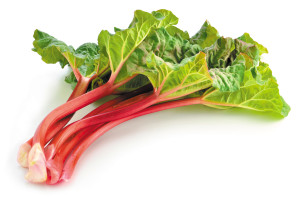While the first day of spring is in March, nature’s full expression of the season largely comes in April. A grand scale burst of colorful renewal pierces the muted, dreary gray of winter. Warmth and light and new life emerge, as flora and fauna offer up a fresh generation, suggesting encouragement, hope and better days ahead. The world is made new, once again.
As far as I know, all cultures value and celebrate the coming of spring. Manifestations of these celebrations and the evidence of how we value all things “new,” extend across the entire spectrum of human experience. We see it in terms the spiritual, as in the Christian celebration of Easter, all the way to the commercial, where we are drawn materially to anything described as “new and improved.” New is attractive—almost addictive—as anyone considering the purchase of just about any device manufactured by Apple, can attest.
I think this is one of the secrets of great teachers. Effective educators know, instinctively perhaps, that we all are naturally drawn to whatever is “new,” and if they are able to reframe a subject in such a way that it appears so, it becomes much easier for students to learn.
Certainly, one of the greatest joys in life is learning something new. This is true regardless of whether we’re talking about a major, long-term project, like learning a new language, or something relatively quick and simple, like learning how to tie a knot for the first time. We’re hard wired to value and enjoy the “new stuff” of life.
For example, the other day, I stumbled upon a children’s book that was, of all thing s, about learning. It was entitled Memory, by Herbie Brennan, published by Scholastic in 1997. The first page captured my attention immediately—on it was a list of thirty completely unrelated items (see inset list). The page ended with the challenge: “If you can’t close your eyes and remember every item inside five minutes, you need this book!”
s, about learning. It was entitled Memory, by Herbie Brennan, published by Scholastic in 1997. The first page captured my attention immediately—on it was a list of thirty completely unrelated items (see inset list). The page ended with the challenge: “If you can’t close your eyes and remember every item inside five minutes, you need this book!”
In intrigued, I accepted the mental challenge tried to memorize what I could in five minutes. When I tested myself, I could barely come up with fewer than half (less than 15) of the items. I then read through chapter two and learned how to apply a right brain “loci” technique of associating words with images and locations. After re-reading the entire list again just once, only this time using this new technique, I was able to recall the entire list, in order, on the first try, only missing five items (25 correct).
Now, you may have learned all about this technique long ago, so you’re way ahead of me. But, the point is, it was new to me, and the joy I felt in discovering it felt just like springtime—fresh, new and exciting!
So, this year, make spring even better. Learn something new and share what you’ve learned with someone else. Let’s make it our goal to help nature in her mission of making life “new and improved.”










